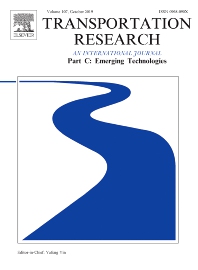
This paper aims to provide a methodological framework for the comparative evaluation of driving safety efficiency based on Data Envelopment Analysis (DEA). The analysis considers each driver as a Decision Making Unit (DMU) and aims to provide a relative safety efficiency measure to compare different drivers based on their driving performance. The last is defined based on a set of driving analytics (e.g. distance travelled, speed, accelerations, braking, cornering and smartphone usage) collected using an innovative data collection scheme, which is based on the continuous recording of driving behavior analytics in real time, using smartphone device sensors. Safety efficiency is examined in terms of speed limit violation, driving distraction, aggressiveness and safety on urban, rural and highway road and in an overall model. DEA models are identifying the most efficient drivers that lie on the efficiency frontier and act as peers for the rest of the nonefficient drivers. The proposed methodological framework is tested on data from fifty-six (56) drivers during a 7-months period. Findings help distinguish the most efficient drivers from those that are less efficient. Moreover, the efficient level of inputs and outputs to switch from nonefficiency to the efficiency frontier is identified. Results also provide a potential for classification of the driving sample based on drivers’ comparative safety efficiency. The main characteristics of the most and less efficient drivers are consequently analyzed and presented. Most common inefficient driving practices are identified (aggressive, risky driving, etc.) and driving behavior is comparatively evaluated and analyzed.
| ID | pj170 |
| DOI | |
| Tags | δεδομένα ευρείας κλίμακας, οδήγηση σε πραγματικές συνθήκες |













